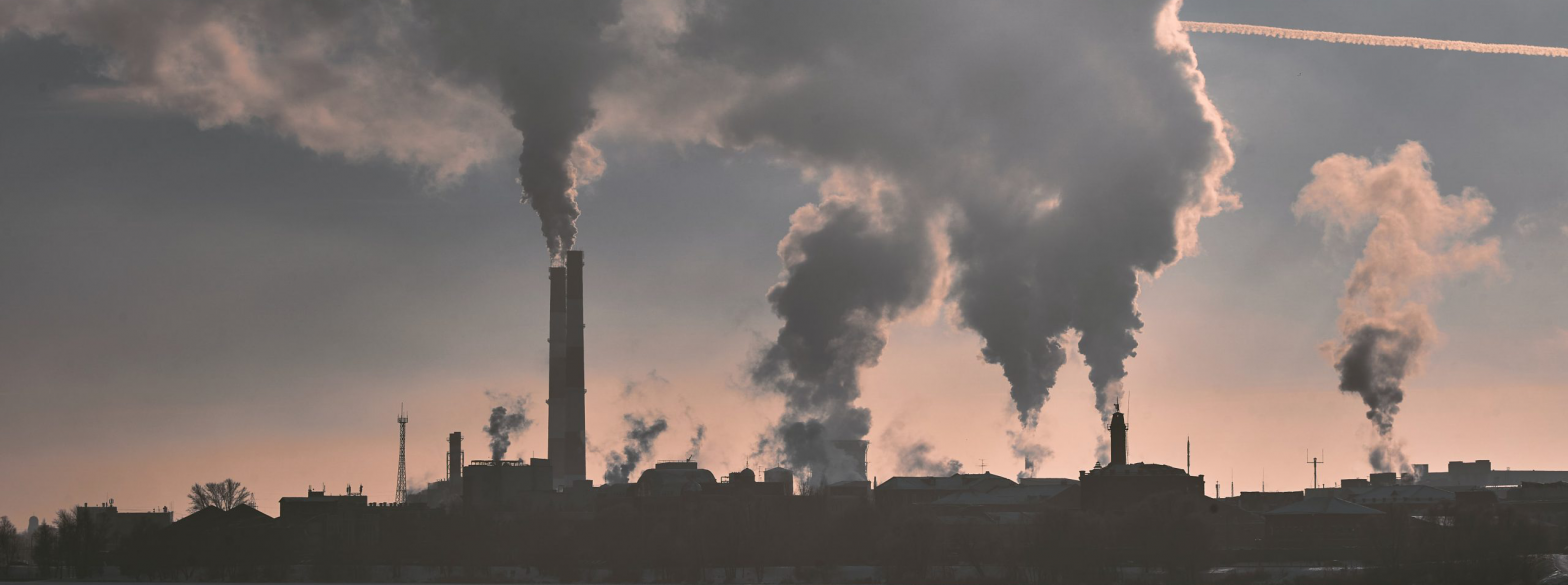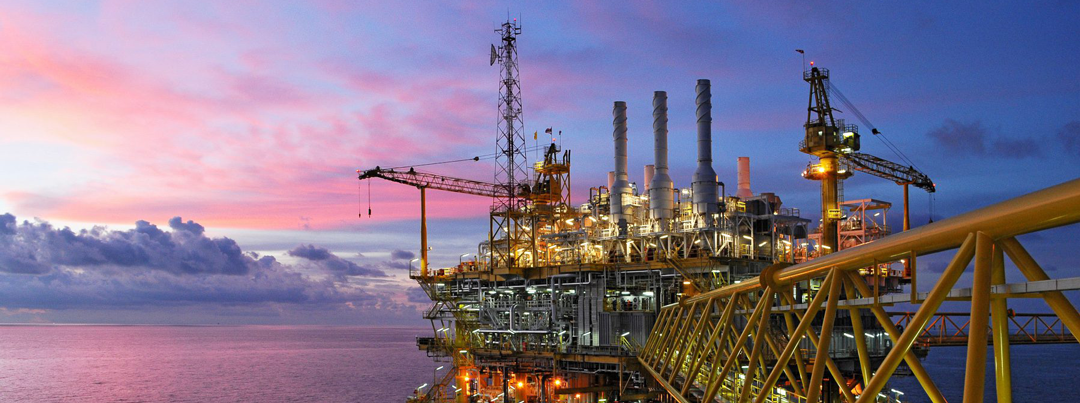Solving the regulatory puzzle of methane emissions from imported natural gas.
Regulators and Governments across the EU are being faced with a particularly tricky puzzle. As they source and import gas to power their domestic operations, how can they monitor, and reduce, methane emissions?
We can think of the EU’s gas network like an expansive swimming pool, being filled with water from a range of different sources. To swim in that pool, you’d want to be sure that it was being supplied with crystal clear, clean water – and if not, you’ll want to know where the contaminated water supply was coming from.
With this information, you can make better decisions, including preventing those dirty water sources from contaminating your pool.
Imported gas, which can range from relatively clean, ultra-low methane emissions to the extremely ‘dirty’ high methane emissions gas, is currently not differentiated, meaning no one knows how dirty or clean each source is. Going back to our pool analogy, this means that each bather looking to dip their toe cannot be fully sure how clean their swim will be.
Without powers to directly regulate emissions from production that happens in a different jurisdiction, what can regulators, such as those in the world’s biggest importing region – the EU – do to reduce methane emissions from the gas they import?
Methane Supply Index
In its Methane Strategy, the European Commission suggested one possible solution: a global methane emission index for EU gas imports. This became known as the ‘Methane Supply Index’. The idea is that the index would track the methane emissions of different gas supply sources at both an EU and international level.
Like any other index, such as the S&P 500 or FTSE 100 which track companies’ financial performance, the Methane Supply Index would provide a quantitative composite of its underlying components. This would mean a credible assessment of the methane emissions performance of all the imported gas from different countries and companies.
In order to create an index of this complexity, a robust, independent, and verifiable source of data is critical, to provide the ability to fairly compare different sources. In their Methane Strategy, the Commission discussed an independent global mechanism for doing this – set up and connected to the United National Environment Program – to underpin, compile, and publish the index.
There was one significant problem: to date, no one has been able to define how such a mechanism or index could work.
Effective import regulations
However, one thing is clear; for import regulations to be effective, each individual batch of gas entering a regulator’s jurisdiction needs to include a credible assessment of its methane emissions performance. Up to now, this kind of assessment has been much easier said than done.
To be credible and enforceable across international jurisdictions, an independently audited, globally applicable and standardised certification system is needed to create a level playing field. That level playing field means every producer, everywhere, is assessed against the same mark scheme, meaning a genuinely workable Methane Supply Index is possible.
In the swimming pool, tests for the cleanliness of water sources can ensure that dirty water does not flow in. The pool operator can take steps to mitigate the issue by adding chlorine or addressing the problem at source, but it is crucial that they have the data necessary to take action.
MiQ and the Methane Supply Index
MiQ has developed a certification system that can provide the backbone for a Methane Supply Index. Taking a granular asset-level approach, MiQ enables any regulator to define such an index:
- Quantification of relative methane intensities for quick comparison and absolute emissions, thanks to the known number of certificates.
- A universally applicable methodology, enabling comparison of emissions not just by exporting country, but also by region, company and specific supply chain.
- Simple but detailed determination of methane emissions associated with any import portfolio – for the entire European energy market, member states and even individual buyers.
Governments and regulators also have to overcome the drawbacks of country-level indices, which MiQ can facilitate:
- Comparing countries’ performances can lead to geopolitical tensions that delay concerted action. It would also prevent the implementation of any target if security of supply was at risk.
- Focussing on regions or assets instead could prioritise better sources of natural gas while creating targeted incentives.
Furthermore, the Methane Supply Index offers an easy transition. The not-for-profit MiQ grading scheme could be seamlessly adopted, avoiding the need to create something from scratch. The grading scheme is transparent, granular, and easy for anyone to understand.
We are keen to see regulators set minimum standards based on this system. For example, a regulator for an importing region could introduce rules to ban the import and natural gas that receives a grade worse than D on MiQ’s scale.
Regulators can also benefit from MiQ’s scalable system to ensure they adopt a solution which can address the problem. Within half a year, MiQ is already certifying 1.5% of global natural gas production, which equates to 10% of EU consumption volumes.
Conclusion
We welcome the work being done by regulators around the world to make the urgent reductions in methane emissions required to hit global climate targets. In the last year, there has been an emergence of a worldwide shared mission to abatement methane emissions, and we are excited to continue discussions with those regulators on how we can work together to support efforts to reduce methane.
Examples
As a composite of all the MiQ grades of certified gas traded internationally, the Methane Supply Index would give importing regions a mathematical figure for assessing the methane emissions performance of imported gas.



For example, the European Union could calculate its index with the below formula:
Europe’s Methane Supply Index = Weighted Average of MiQ grading of all certificates associated with Europe’s imported gas
For an export country, the calculation would be:
Exporter country’s Methane Supply Index = Weighted Average of MiQ grading of all certificates associated with country’s exported gas
For an gas producing company, the calculation would be:
Producer’s Methane Supply Index = Weighted Average of MiQ grading of all certificates associated with gas produced at all of the producer’s facilities
These calculations would be credible because they would be based on MiQ’s independent, third-party audited certification system which is granular and assessed at a facility level.



